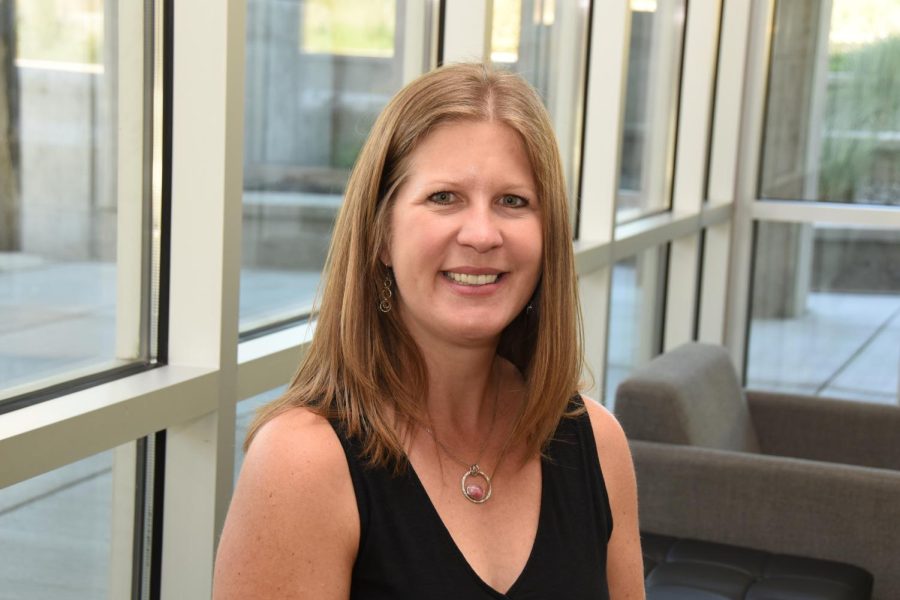CWU Professor says invasive grasses and wildfires are a growing problem for Washington ecosystems
May 11, 2022
The central Washington shrub-steppe has been impacted by invasive grass species, placing the shrub-steppe ecosystems at higher risk of wildfires, according to Professor Megan Walsh. Walsh said as these grasses proliferate, the problem grows worse.
Walsh will be speaking about the ecological impacts of invasive grass species on the shrub-steppe ecosystem on May 14 during a three day event hosted by the Kittitas Environmental Education Network (KEEN).
“Invasive species are really our biggest problem within the sagebrush steppe,” Walsh said.
According to KEEN’s website, the shrub-steppe is endangered and the organization seeks to spread awareness and educate the community. Walsh, a biogeographer and paleoecologist, will be lending her expertise in support of KEEN’s “Get Intimate with the Shrub-Steppe” event.
Nearly 80% of shrub-steppe ecosystems in eastern Washington and other western states have been lost or severely impacted by development and agriculture, according to the Washington Department of Fish and Wildlife.
According to Walsh, invasive grasses, like cheatgrass, can flourish in harsh environments and grow back quickly after fires, making them difficult to tame. Walsh said these grasses fill in the patches of ground that were practically bare, allowing fires to quickly spread between sagebrushes.
“When a fire comes, it burns all the shrubs that were there and the shrubs don’t grow back,” Walsh said. “They can’t compete, they can’t come back as quickly.”
According to Walsh, central Washington shrub-steppe is stuck in a “grass-fire cycle,” a detrimental process in which invasive grasses contribute to wildfires and then replace native species.
“It’s the fuel that’s out on the landscape now, on our sagebrush steppe,” Walsh said. “It’s the scourge of the sagebrush steppe.”
Climate change could contribute to this problem by drying out invasive grasses sooner in the year, giving them a longer season to catch fire, according to Walsh. While native brush species are resilient to hot-dry conditions, they burn as a result of the less resilient invasive grasses catching fire Walsh said.
Walsh said current solutions include replanting native brush species and targeted grazing, a method utilizing goats or other livestock for the purpose of eating invasive plant species. However, Walsh said the amount of land affected by invasive species has proven difficult to manage.
“We’re talking millions of acres,” Walsh said. “How do you graze that problem away?”
According to Walsh, the Bureau of Land Management is successfully working with private landowners to dig “fuel breaks” which are cleared ditches that prevent fires from spreading.
Walsh said there may be less opportunity for wildfires to spread this year in central Washington because of springtime snows shortening the typical dry season leading into summer. However, she did say that while the window of opportunity may be narrower, invasive grass species typically only need a few days of dry conditions to become highly flammable.
Walsh said that because of how interconnected Washington’s ecosystems are, a threat to the shrub-steppe could greatly impact forest ecosystems, like the Ponderosa pine forests that border the shrub-steppe.
“We have seen fires that start in the shrub-steppe but then are pushed up into our forests,” Walsh said. “If we are going to manage our fire problem here in the western United States, we can’t forget managing it in the shrub-steppe as well.”
Walsh will be speaking at 6 p.m. at Cornerstone Pie in Ellensburg. The weekend event will be held in conjunction with the Yakima River Canyon Bird Fest from May 13-15.



